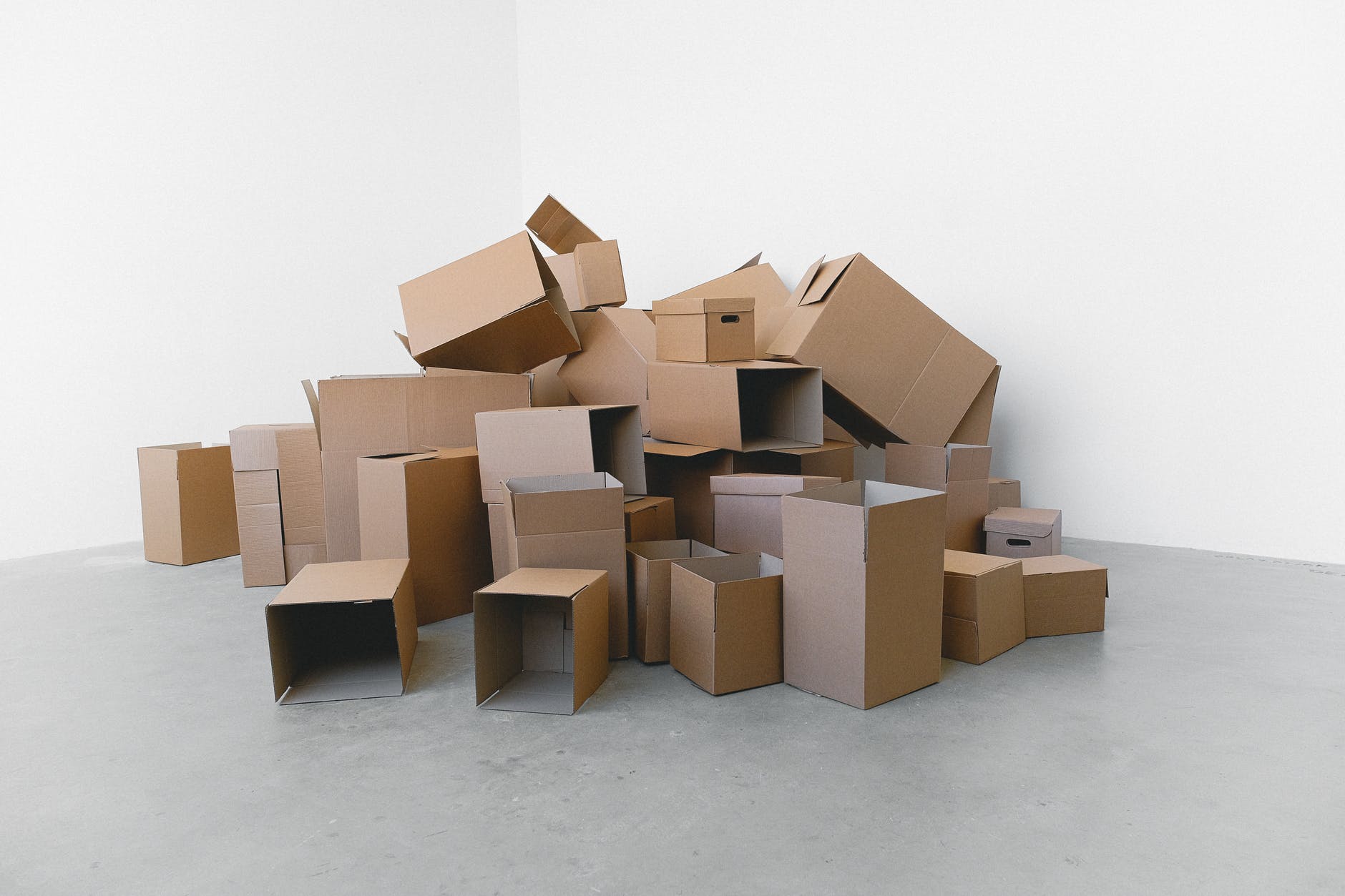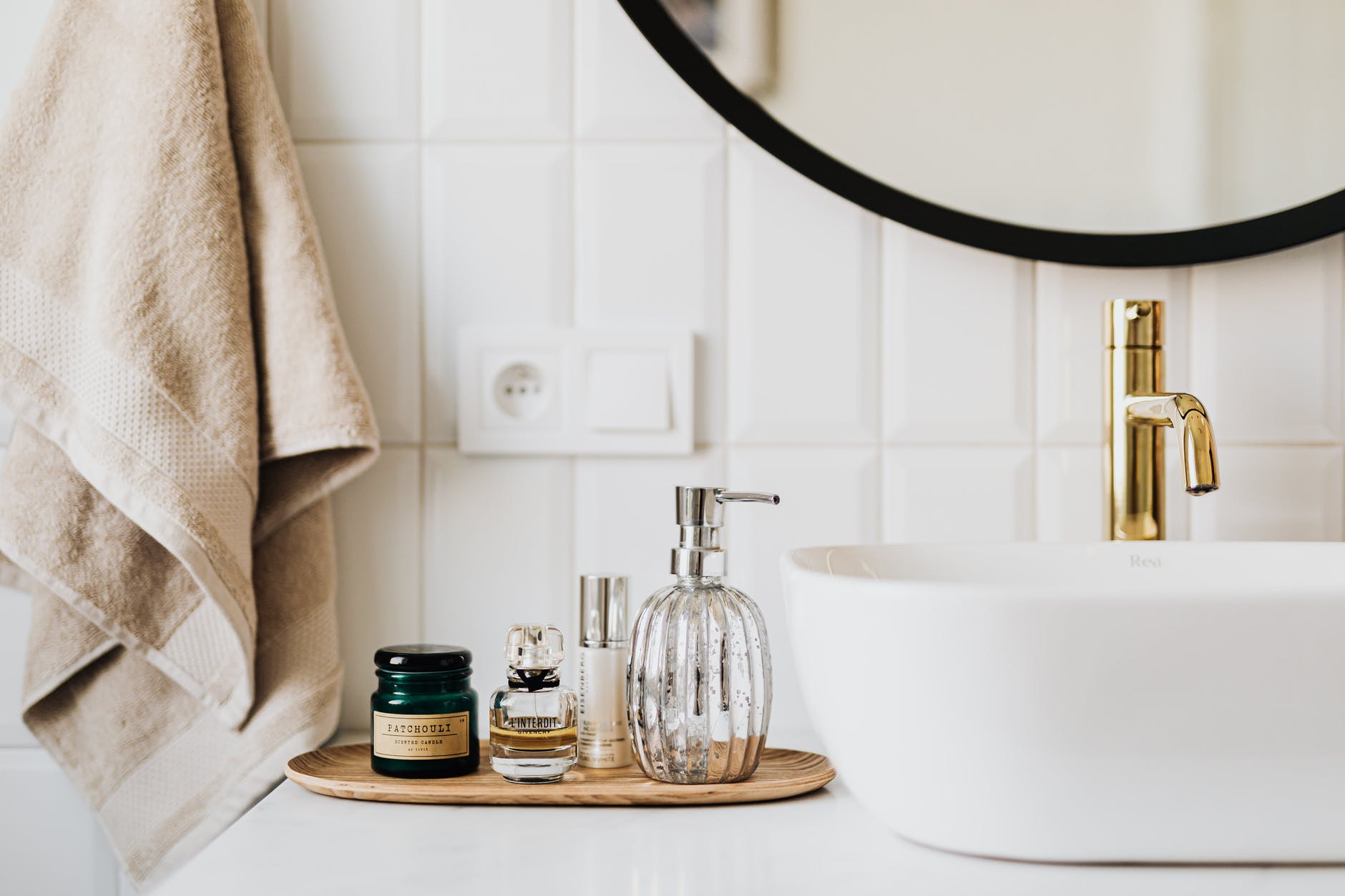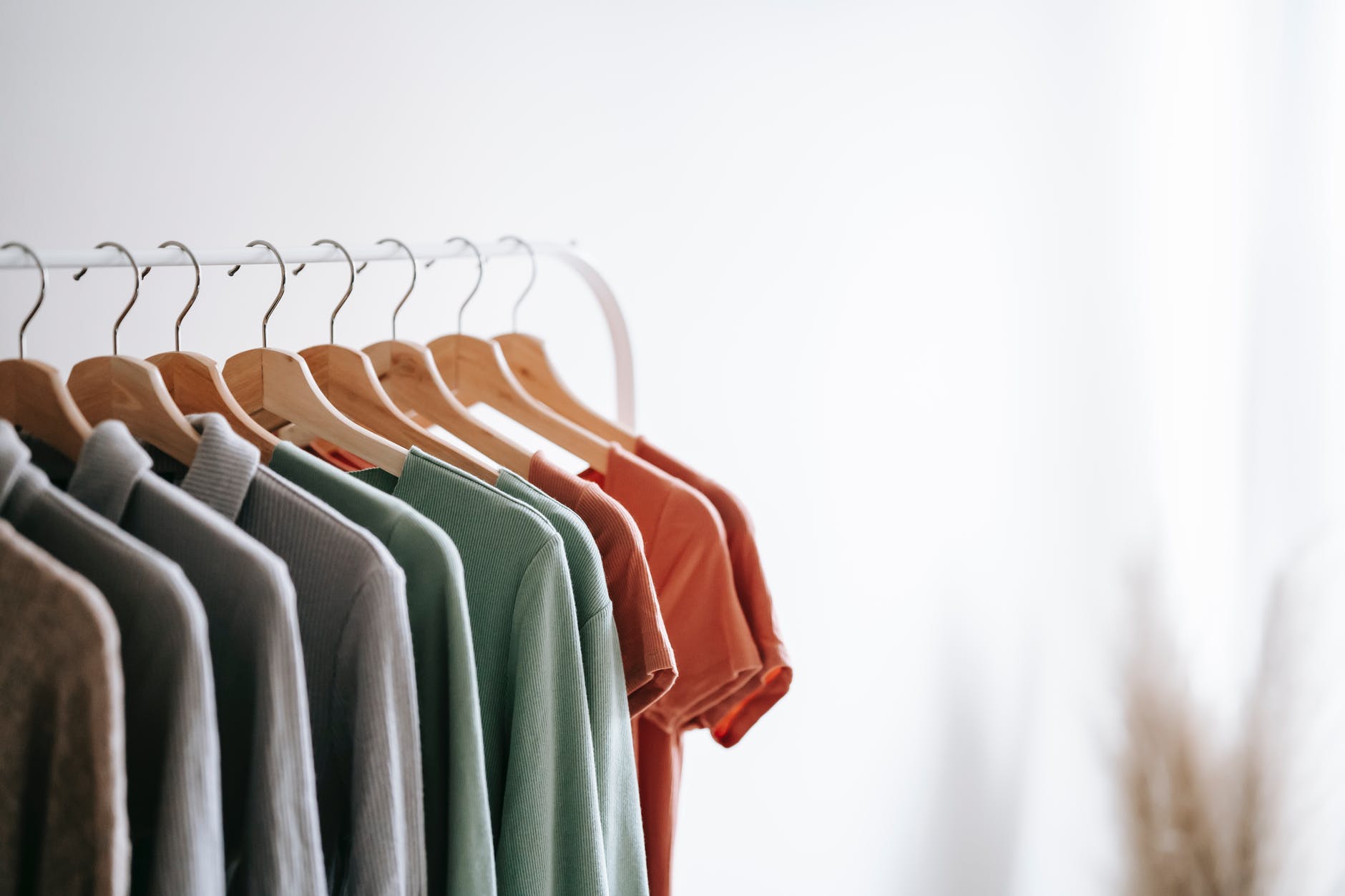Five point nine square feet. That is the amount of self storage space for each person in America. That is equivalent to billions (with a “b”) of square feet of extra space to store our stuff.1
To make it even more relational, this number means that if we were to take every single American alive today, we can all stand side-by-side, comfortably in our own squares, under one contiguous roof.
The American Way
Ownership of goods seems to be an American standard of living. The more goods and items we have, the higher the value we seem to portray.
Research backs that up. A recent 2021 poll estimated that the average American female spends nearly 400 hours per year shopping. That is equal to nearly eight and a half years of shopping — 24 hours a day— during the course of one’s lifetime.2
Another poll echoed the same. The average American woman spends 190 hours each year shopping for clothes, shoes or window shopping, and only half that amount of time — 95 hours— shopping for food.3
We are drowning our homes and our time in stuff.
And what do we do with all of our belongings? One fascinating University of California Los Angeles study of middle-class American families found that three in four garages are so packed with stuff that there is no room for a vehicle.3
We have so much stuff that we have filled our closets, our homes, our garages, and we have moved into self storage units. We clearly have too much stuff.
And that is just the physical space of all of said items. Then, we must fit into our lives the time required to maintain all that stuff. Our homes don’t clean themselves. Either we must work more hours away from home to pay someone else to clean it, or take our own free time to clean it.
We are drowning our homes and our time in stuff.
The Science of Stuff
American society often places value for a high quality of life on the number and quality of things owned. We buy stuff and we own stuff to make us happy. Research has said the opposite.
Studies have consistently shown a negative relationship between materialism and life satisfaction.4 Materialism (the ownership of many belongings) was associated with significant lower well-being.5
This relationship between us and our stuff is both mental and physical. Stressful living environments are conducive to poor mental and physical health.6
“Highly materialistic individuals were found to have lower satisfaction within the domains of their health and physical condition. Materialistic individuals tend to
be less happy as well as less satisfied with their lives versus individuals who are less
materialistic individuals… Consumption had strong negative effects on happiness.”7
If it clutters your physical world. It clutters your mental world. All of our stuff is literally making us unhappy.
The Science of Minimalism
Behind all of the research that scares us into drowning in unhappiness, is also research that offers a lifeboat — minimalism.
When we think of the word minimalism, images of perfectly organized and color-coded cabinets and whisperings of Marie Kondo come to mind. That can be included in the buzzword, but is not the entire definition.
“Minimalism isn’t about rules or numbers or completely empty spaces where you just sit there and stare at white walls. It’s a way of life, an opportunity to spend more time on what you value and less time in areas of your life that don’t bring you any joy or fulfillment,” author Denning said.8
It’s a way of life.
Minimalism is the simplification of the home. It is not just home organizing. Simply put, it is decluttering, cleaning and purging items in your own personal home and space to allow for more time and more freedom. Not only the physical space of more room to breathe, but less stuff leads to less time picking up, less time maintaining, and less time cleaning. Less stuff leads to more free time, and that leads to happiness.
Minimalism leads to increased happiness.
“The findings of the current study align with the limited research examining low-consumption lifestyles and behaviours which have generally found that people who engage in such actions have higher levels of personal wellbeing,” one study reported.4 “In addition to the absence of stress and anxiety, all participants reported that their minimalistic lifestyle was a catalyst for positive emotions, in particular joy and peacefulness. Positive emotions appeared to stem from the other benefits of minimalism; autonomy, competence, mental space, and awareness.”
Another study agreed.
“Minimalism has a positive influence on individual, societal and environmental wellbeing. Adopting low consumption helps expand mental space, resulting in a feeling of lightness, relaxation, and clarity. A minimalistic lifestyle facilitates individuals’ positive emotions while reducing their negative emotions such as depression. Consumers can also reduce their dependence on the market offerings by curtailing the overall consumption, in search of a simpler but happier life. Additionally, minimalistic practices offer several wellbeing benefits such as meaning and happiness.”9
Simplicity can even improve your physical health.
“Additionally, research confirms a positive correlation between this minimalist lifestyle and personal health… a simplistic lifestyle, minimalism, offers a more internally-peaceful life free from external chaos,” Gorby reported.6
And 85 percent of those who practiced voluntary simplicity, reported a direct and positive link between simplicity and their own personal well-being.10
How-To Happiness
So how do we get started? How do we minimize?
Decluttering and conscious shopping.
Here are a few steps to get you started:
Define and create a vision.
How do I use my home?
Who uses my home?
What do I use this room/closet/cabinet/shelf for?
How can I use it better?
What do I want my home to feel like?
Write it down.
Clear the walls.
Keep decor to a minimum, this includes walls, shelves, tables, etc.
Declutter.
Go room-by-room. Or one closet at a time, one cabinet at a time. Take out each item and decide if you really need it.
Be ruthless.
Do I really need this?
When was the last time I used it?
Can I use something else instead? (especially in the kitchen)
Could someone else use this more than I do?
Does this make me happy?
Make three piles.
For each room or closet you are decluttering, make three piles: keep, donate, trash. As you take out each item from its current location, define it. Place the item in one of those three piles.
Sentimental Items.
Stuck on an item that has sentimental value? Designate a small box that you can place in your garage and label it “memory box.” You can keep things of importance here, like yearbooks and birth announcements.
Still stuck on what to do with other sentimental stuff, like that jersey or trophy from high school, or your favorite pair of childhood roller skates? Take a photo. Place each item in good light and take a picture or two of each item. You can keep the pictures digitally, or create a photo album. Pull the album out whenever you are feeling nostalgic.
Donate.
Gather all the items in the donate pile and donate them. Consider the Buy Nothing Project.
Reno : Central
Reno : North Valleys
Reno : South
Reno : West
Define items.
Take each item from your keep pile and define to where it will belong. Check in with your original vision statement.
Define how this item fits into that statement. Is its current location the best for it? Will it better serve its purpose in another room or location? Define the item and place it.
How To Keep It Simple
Make your bed.
Every day.
Keep counters and flat surfaces clear.
They are everywhere and so readily available. Countertops, tables, shelves, the convenience is unmatched. But really, truly, honestly make an effort to keep all the flat surfaces in your home clear. Put every item in its home, every time.
Create a capsule wardrobe.
Now that your closets are more roomy, don’t fill it back up. Create a capsule wardrobe of core, quality items that can be used for multiple occasions. Check here for more.
https://www.whowhatwear.com/how-to-capsule-wardrobe/slide3
Do the same for your drawers. Choose undergarments in a few staple colors, like nude or black. You will spend less time making choices, and they all match all the time. Make all of your athletic socks white, and all of your business socks black.
One In/One Out.
Make a one in-one out policy. For every new item you bring in, make sure to remove one item, whether it be the new gadget in your kitchen, or a new pair pf pants in your closet.
Organize paperwork/mail.
Create a physical inbox. Use a box, a tray, a file or anything. Place all paperwork that comes into your home into the inbox. Mail, permission slips, bills, receipts, and all the other paper will immediately go in to your inbox. Now all paper has a home. You will never misplace a letter again. And of course, just like your electronic inbox, sort through the box to make sure to keep up on stuff you need.
CC The text cited in this work is licensed under a Creative Commons Attribution 4.0 International License.
Sources
Kondo, Marie. The life-changing magic of tidying: A simple, effective way to banish clutter forever. Random House, 2014.
References
“U.S. Self-Storage Industry Statistic [UPDATED JANUARY 2021].” The SpareFoot Storage Beat, 27 Jan. 2021, http://www.sparefoot.com/self-storage/news/1432-self-storage-industry-statistics/.
http://www.onepoll.com/press-archive/Women-spend-eight-years-shopping
The Real Cost of Your Shopping Habits. https://www.forbes.com/sites/emmajohnson/2015/01/15/the-real-cost-of-your-shopping-habits/?sh=4772d30f1452.
Lloyd, Kasey, and William Pennington. “Towards a Theory of Minimalism and Wellbeing.” International Journal of Applied Positive Psychology, vol. 5, no. 3, Oct. 2020, pp. 121–36. Springer Link, https://doi.org/10.1007/s41042-020-00030-y.
Dittmar, H., et al. “The Relationship between Materialism and Personal Well-Being: A Meta-Analysis. – PsycNET.” Journal of Personality and Social Psychology, vol. 107, no. 5, 2014, pp. 879–924. https://doi.apa.org/doiLanding?doi=10.1037%2Fa0037409.
Gorby, Katelyn. “Health Benefits of Minimalism.” Undergraduate Research Conference, Apr. 2017, https://scholarworks.sfasu.edu/urc/2017/Posters/29.
The Impact of Minimalism on Health and Relational Satisfaction: Understanding Minimalism Through a Medical Family Therapy Lens – ProQuest. https://www.proquest.com/openview/1054f7f1133fdc7aeee66a44dbd591af/1?pq-origsite=gscholar&cbl=18750&diss=y.
Denning, Tim. “A Guide to Minimalism in the Real World.” Forge, 11 Nov. 2019, https://forge.medium.com/a-guide-to-minimalism-in-the-real-world-2366d4bec8ee.
Siyun, Chen, et al. “Less Is More: A Theoretical Interpretation of Minimalism in Consumption.” Advances in Psychological Science, vol. 29, no. 11, Nov. 2021, p. 2043. journal.psych.ac.cn, https://doi.org/10.3724/SP.J.1042.2021.02043.
Can Minimalism Really Make You Happier? | Psychology Today. https://www.psychologytoday.com/us/blog/social-instincts/202111/can-minimalism-really-make-you-happier.
Research notes
Please read this book.
https://www.amazon.com/Life-Changing-Magic-Not-Giving-Spending/dp/0316270725




